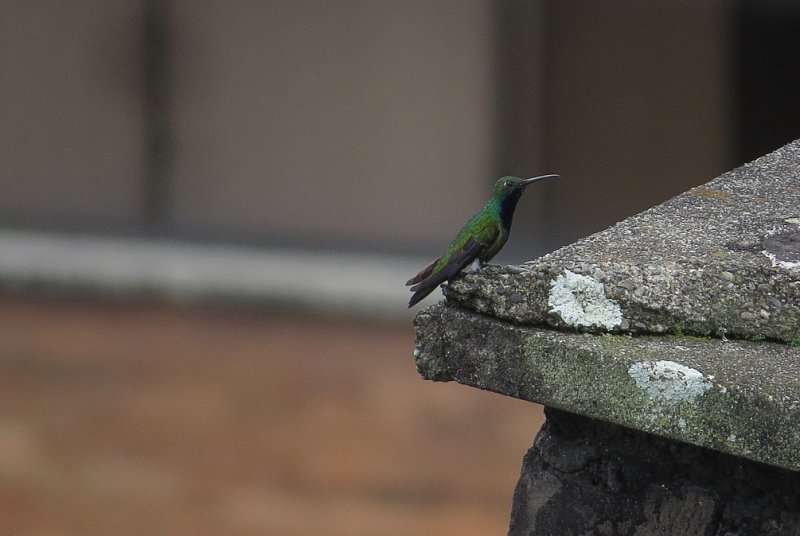
Dave Dormer
CTVNewsCalgary.ca Digital Producer
Published Sept. 27, 2021
CALGARY -
Alberta's opposition NDP is calling on the province to implement a door-to-door campaign to address vaccine hesitancy and increase funding for community groups working to get more people immunized against COVID-19.
Alberta NDP Leader Rachel Notley also called on the province to study the issue of vaccine hesitancy, "in order to identify and address underlying causes, including financial and language barriers."
“Higher vaccination rates will reduce pressure on our hospitals, and help lessen, maybe even prevent future waves of infection,” said Notley.
“I realize that there are some Albertans who are vehemently opposed to vaccination, and it may be difficult to change their minds, but it’s not impossible.”
Alberta hit a new record high number of ICU admissions for COVID-19 on Monday at 265, the same day the province announced 5,181 new cases had been added over the weekend.
It marked the 11th time during the month of September that a new record was reached in terms of ICU admissions.
The NDP wants to see the province enlist the help of healthcare professionals and "trusted community members" for a door-to-door campaign.
Increasing grants to community groups will also help, they say.
"By tripling the current budget for vaccine promotions to $45 million, the Government of Alberta could partner with trusted local organizations to combat misinformation and increase uptake," read a release.
“This work will be difficult, it will be inefficient, and it will cost money. But the price of not doing it, both in money and in human suffering, is far higher,” said Notley.
The NDP point out a focused vaccine campaign in northeast Calgary last fall resulted in 93.4 per cent of eligible people living in Calgary’s upper northeast having at least one dose of the vaccine and 83.1 per cent being fully vaccinated.
In the lower northeast, 82.7 per cent of those eligible have one dose after the campaign and 72.7 per cent are fully-vaccinated.
Marichu Antonio, a one-time Calgary Citizen of the Year and former executive director of Action Dignity, was part of that effort and also supported the vaccination campaign at the Cargill meat-packing plant.
“It is important that we bring vaccination close to the people and communities,” said Antonio. “Working with community leaders, volunteers and organizations has proven to be effective in providing accurate, relevant and culturally accessible information, for linking people to needed support, and especially for encouraging people to get vaccinated and be protected—as well as protect others—from the pandemic.”
Justice Critic and Calgary-McCall MLA Irfan Sabir said the success seen in Calgary can be attributed to efforts to bring the vaccines to people at the Genesis Centre as well as local gurdwaras and mosques.
“Bringing the lifesaving COVID-19 vaccines directly to people works, I am so proud to represent people who have rolled up their sleeves and done their part to keep their fellow Albertans safe, to protect our hospitals, protect jobs and protect Alberta’s economy,” he said.











